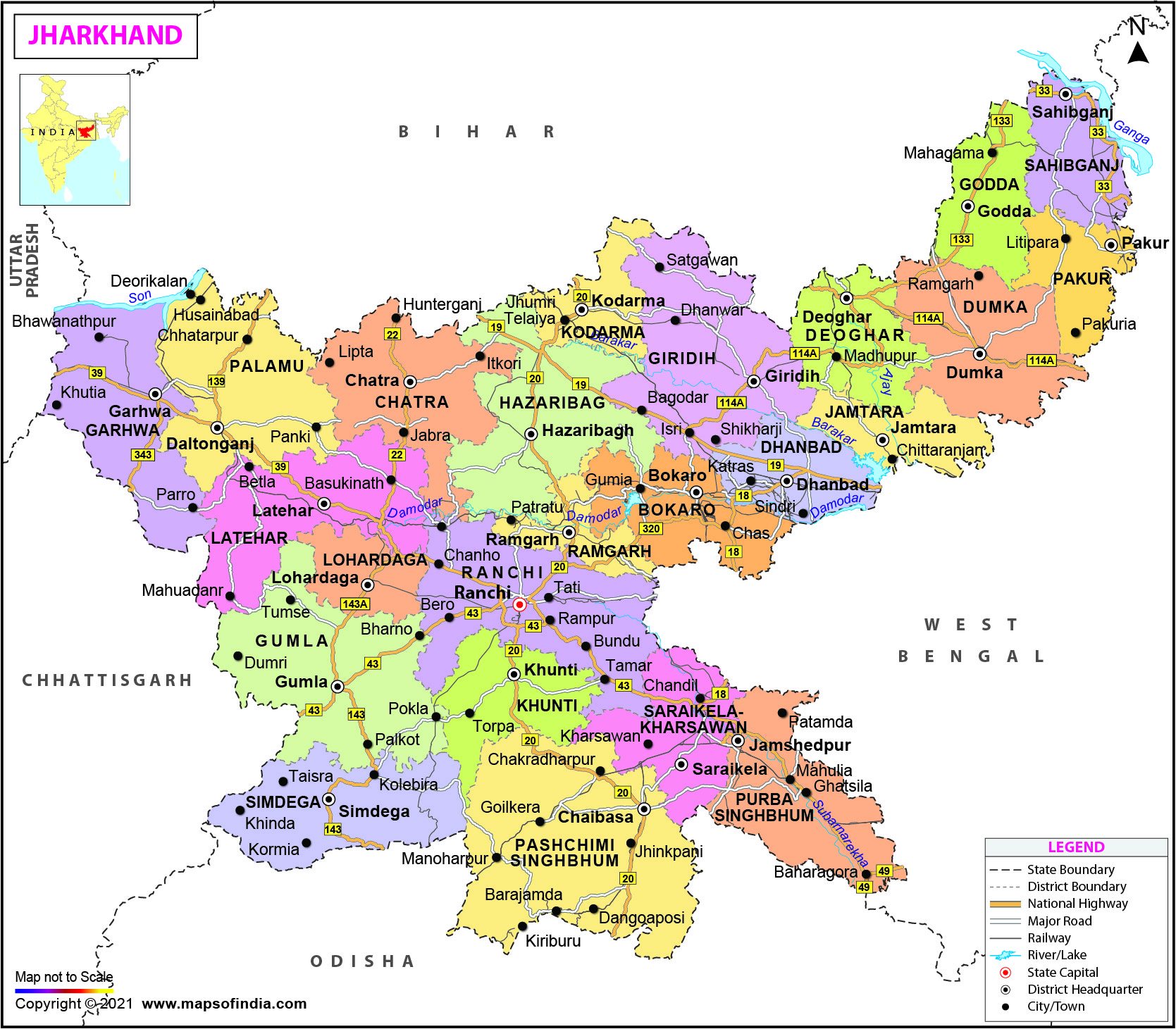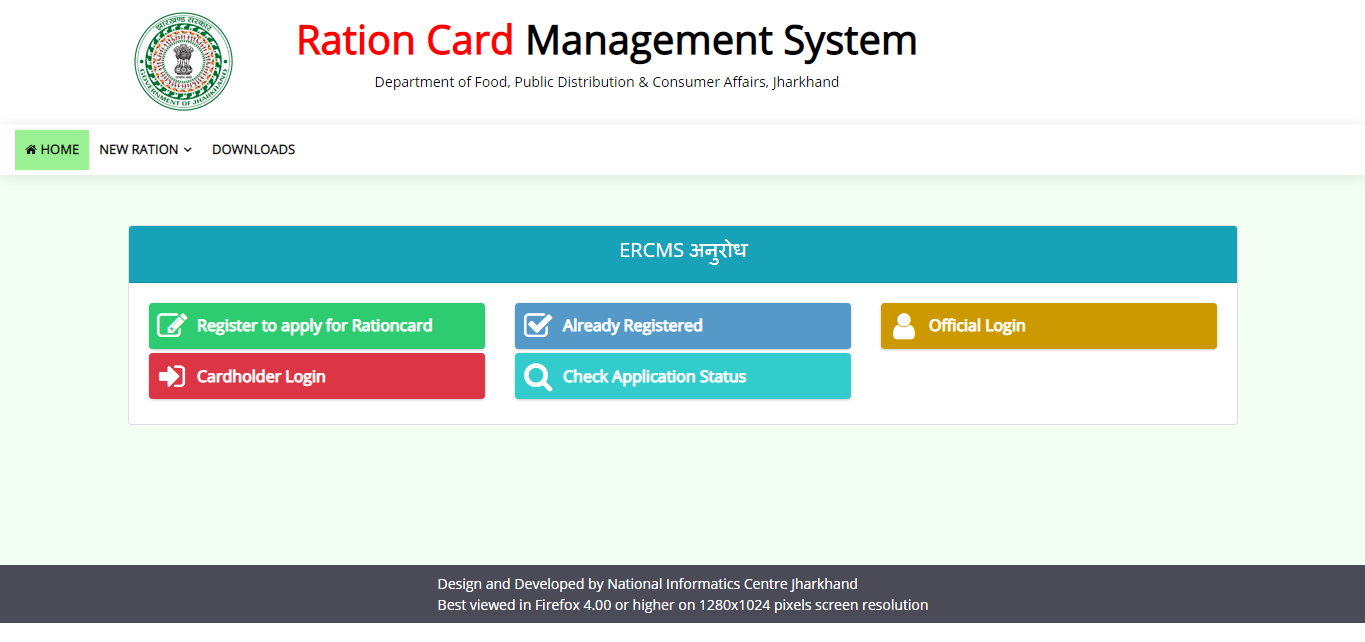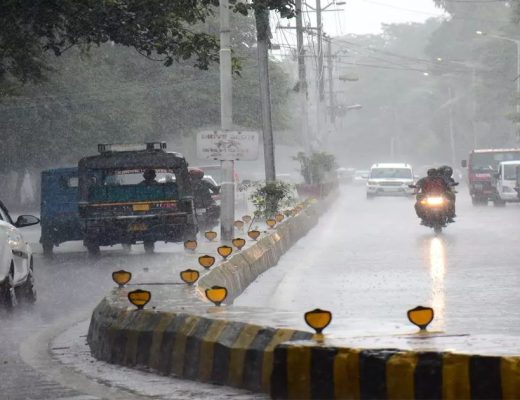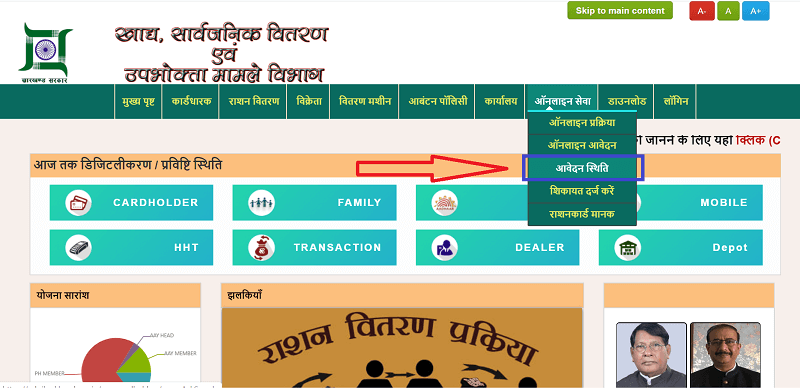Jharkhand is ‘the place where there are woods’ – invested with rich vegetation. To have a total all-encompassing perspective on nature and magnificence, one can visit the zoological nurseries and public parks. The state arranges in the eastern piece of India. In the year 2000, it parted from southern Bihar and shaped into another state.
Jharkhand encloses by the Indian provinces of West Bengal (east), Uttar Pradesh (west), Chhattisgarh (west), Bihar (north), and Odisha (south). The state fanned out across 30,778 sq meters. Ranchi is the state’s superb capital, though the biggest city for modern designs is Jamshedpur. The sub-capital of the state is Dumka.
History:
The foundations of Jharkhand can follow in Magadha Empire. During the Mughal time frame, this region was called Kukura. The British approached rule after 1765 and this land was name Jharkhand. Tilka Manjhi from Santhal ancestral was the innovator in rebelling contrary to the British rule in 1771. Following that, in 1779, the Bhumij clan battled against the British for the present status of West Bengal. A lot from that point forward, turmoil saw in the Chero clan at Palamau. The ancestral rebellions in 1832 made a significant effect on the British organization situated in Jharkhand. One of the longest and last ancestral rebellions under ‘Birsa Munda’ broke out in 1895 and happened till 1900.
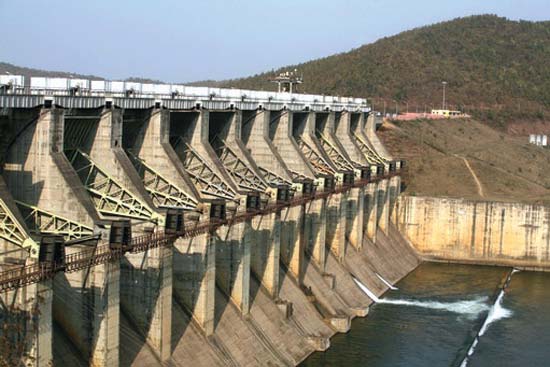
Topography:
The state arrange on Santhal Parganas and Chhota Nagpur Plateau. The majority of Jharkhand goes under the Chhota Nagpur Plateau. Streams like Koel, Brahmani, Damodar, Subarnarekha, and Kharkai stream here. One can partake in the beautiful magnificence of woodlands, slopes, and levels from the Lodh Falls. The thick woodland of the state has a tremendous populace of Asian elephants and tigers. Jharkhand’s dirt substance comprises stones and shakes breaking down. The dirt organizations partition further and found around the state. One can track down red soil in the Rajmahal region and Damodar valley. A few areas of Barkagaon, Jhumri Telaiya, Koderma, and Mandar slope have micacious soil that contains mica particles. Dhanbad and Hazaribagh have sandy soil and the signature piece of the Rajmahal region has dark soil. Palamu, Dumka, western Ranchi, Singhbhum and Santhal Parganas districts have laterite soil.
Government and Politics:
Boss Minister is at the top of the public authority of Jharkhand and the Governor is the state the right head. Numerous public and state-level ideological groups take part in the Jharkhand races. The most dynamic public gatherings in Jharkhand decisions are the Bharatiya Janata Party (BJP), Indian National Congress (INC), Rashtriya Janata Dal (RJD), and Jharkhand Mukti Morcha (JMM).
Training:
According to the 2011 statistics, the state’s education rate is 67.60 percent. Additionally, nine areas of the state have a better than expected proficiency rate. The state has both secretly run as well as state-run schools. The method of education depends and changes starting with one school then onto the next. A portion of the notable schools in Jharkhand is De Nobili School, DAV Hehal, Delhi Public School, Oxford Public School, St Thomas School, Chinmaya Public School, St. Xavier’s, Kendriya Vidyalaya, Shishu Mandir, Sacred Heart School, Loyola School, Surendranath centennial School, and so forth. After Jharkhand was shaped, four unique activities – DPEP, SSA, NPEGEL, and KGBV – were presented by the Jharkhand Education Project Council (JEPC) to spread familiarity with essential level instruction. Be that as it may, due to the slow speed of work, the public authority has not yet accomplished 100% enlistment of understudies in schools.
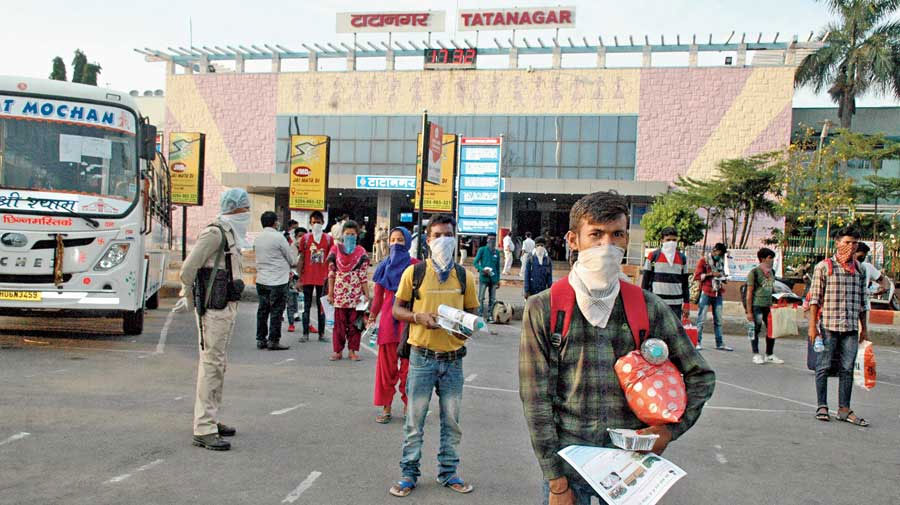
Economy:
Jharkhand is India’s second-biggest mineral abundance maker followed by Chhattisgarh. Minerals, for example, iron metal, copper, coal, uranium, bauxite, mica, limestone, and graphite are found in the state. In light of its rich mineral assets, the state anticipates that its per capita pay should increment in the years to come. The state involves every one of the notable industrialized urban communities Bokaro Steel City, Ranchi, Ramgarh, and Dhanbad. Sindri (Dhanbad) had the biggest manure industry, which has now closed down. Jamshedpur has the very first iron and steel industrial facility. Bokaro is likewise Asia’s greatest steel plant. Therefore Gomia has the biggest explosives at Bokaro. It was likewise demonstrated that NTPC will begin the creation of coal, which will get speculation of around Rs 1,800 crore.
Useful Links:
Scholarship 2022, Mobile Number Location Tracker Online, TTYL Full Form, Mobile Locator, Free Career Guide, Kruti Dev 010 Typing Test, CSC Registration 2022, My Individual Business.
Socioeconomics:
The ongoing populace of the state according to the Census 2011 is 32.96 million (guys: 16.93 million; females: 16.03 million). The state includes 24 locales and 32,620 towns. Simply 8,484 towns have availability. Out of this number, 28% individuals comprise clans and 12 percent of the populace is from booked rank. Urbanization and industrialization have impacted these locales antagonistically. Around 68.5 percent of individuals follow Hinduism, 13.8 percent follow Islam, 13% of individuals follow Animistic Sarna, and 4.1 percent follow Christianity. The excess populace follows Buddhism, Jainism, and Sikhism. The state has numerous ancestral networks like Asur, Binjhia, Gond, Ho, Kharia, Kharwar, Banjara, Bathundi, Mal Paharia, Chik Baraik, Korba, Birhor, Mahli, Khond, Sauriya Paharia, Kisan, Korwa, Mal Paharia, Munda, Oraon, Santhal, Sauria Paharia, Savar, Sabar, Parahiya, Birajia, Hill Kharia, and so forth.
Culture:
Since this state is mostly overwhelmed by clans, nature is considered a crucial and significant piece of their way of life and lives. Individuals purchase the consecrated trees and plant them on the patio as a piece of their practice. Two or three customs followed by individuals are Jitia Puja, Karma Puja, Sarhul, and so on. During Makar Sankranti, individuals observe Tusu Fair or Poush Mela, which is really a celebration of gathering. This is all the more a society conviction and is an exceptionally beautiful and splendid festival.
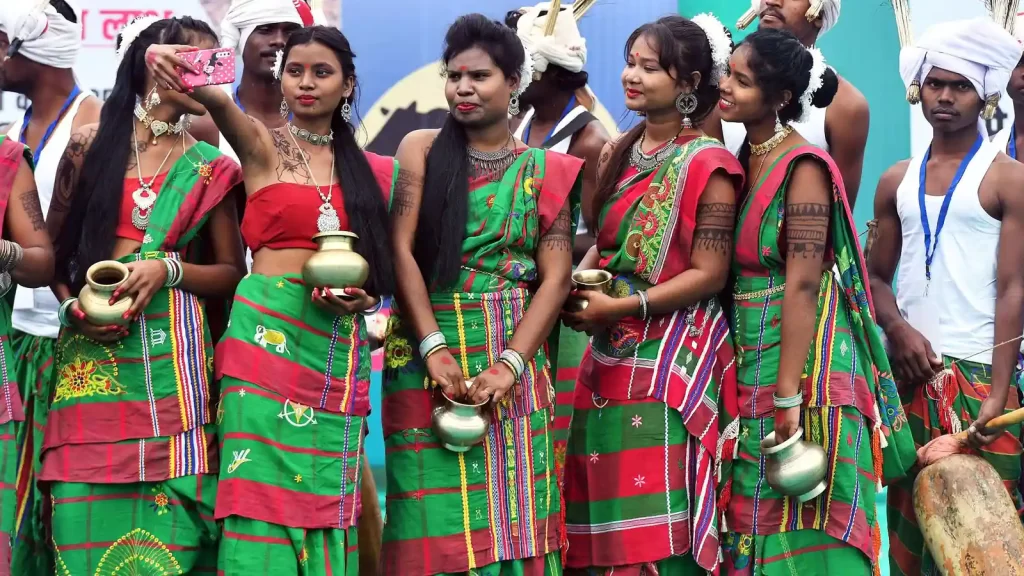
The whole Chotanagpur Plateau Region praises the Karam Festival with pageantry and show. After the Kunwaar-Shukl-Paksha, it praises for 15 days. To get ready for the celebration, individuals purchase new garments, sindoor, oil, Daliya, and plan dishes. The young men and young ladies treat with the most extreme significance by their individual families and given Karam garments, which demonstrate that they are unmarried.
Language:
Hindi is the superb language of the state. Individuals here additionally communicate in different dialects. Therefore three significant language bunches are Munda, Indo-Aryan, and Dravidian. So they are sister dialects and most words utilized are 80% 90% the same. Dialects like Santhali, Bhumij, Ho, Mundari, and Kharia go under Munda, dialects like Bengali, Sadri, Maithili, Panchpargania, Oriya, Khortha, Nagpuri, and Kurmali go under Indo-Aryan; and dialects like Paharia (Malto), Korwa and Oraon (Kurukh) go under Dravidian.
Individuals dominatingly speak Santali in Jamtara, Godda, Sahibganj, Dumka, Pakur, Saraikela-Kharsawan regions, and east of Singhbhum. Mundari is spoken in pieces of Ranchi, Khunti, West Singhbhum, Latehar regions, Simdega, Gumla, and so on. Individuals speak Ho in Saraikela-Kharswan areas and West Singhbhum
The travel industry:
The travel industry contributes a significant offer to the economy of the state. The state load with timberlands and slopes separated from the untamed life asylums; blessed sanctuaries, galleries, and so forth which draw in vacationers from everywhere in the country. It additionally draws in business the travel industry because of the presence of the numerous worldwide and Indian associations here. Therefore spots to find in the state are Ranchi Hills, Daasam Falls, Sun Temple, Jamshedpur, Baidyanath Dham, and Netarhat.
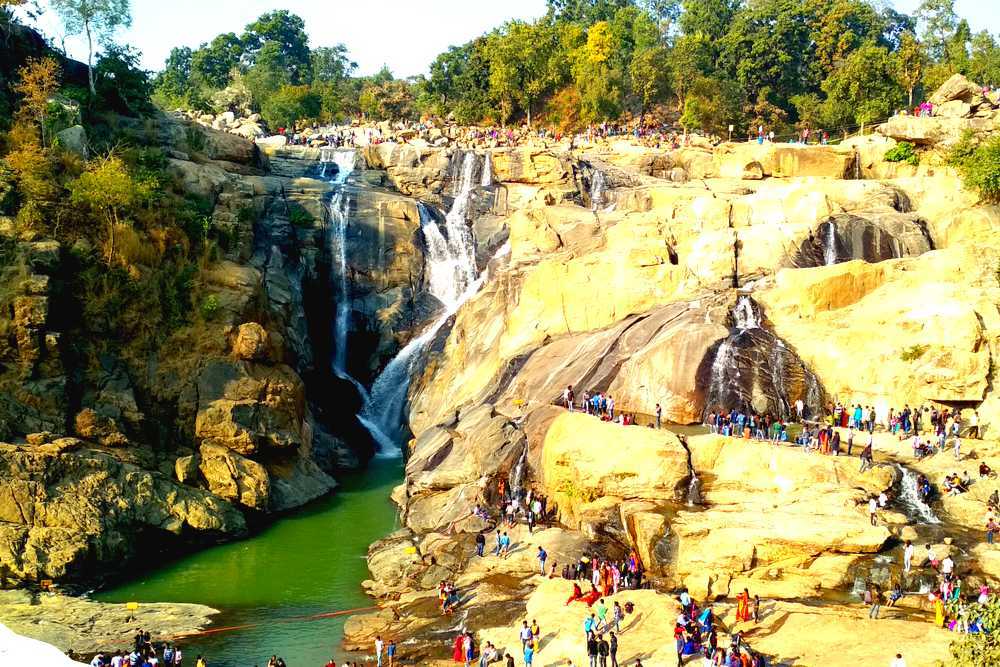
Significant Cities of Jharkhand:
Jharkhand is a less investigated state which has some all-around created urban communities. Therefore a portion of the significant urban areas of Jharkhand is Jamshedpur, Dhanbad, Ranchi, Bokaro Steel City, Deogarh, Phusro, Hazaribagh, Giridih, Ramgarh, Medininagar.
Transport:
Jharkhand has a thick train course. Most areas are very much associated by means of the railroad. Aside from that, Jharkhand has an air terminal in Ranchi, called the Birsa Munda Airport. The Airports Authority of India deals with this homegrown air terminal. It is actually arranged in the Hinoo locale, which is around seven kilometers from the city. Besides, the street transport in the metropolitan urban communities is all around created. So these transports come at a recurrence of five to ten minutes at the public parkway. One can go from the ancestral regions and towns to the superb areas by transport. Additionally, the state’s Transport Department creates the most extreme income for the state. Therefore Metropolitan Development Department gives the transport administration under licenses by Transport Department’s Regional Offices in Dhanbad, Ranchi, and Jamshedpur.
Food:
Like each different state, even Jharkhand has its conventional treats. Jharkhand has various types of dishes for various taste buds. A portion of the well-known dishes of Jharkhand is Dhuska, Rugra, Puttu or Phutka: A Mushroom, Pitha, Arsa Roti, Litti Chokha, Chilka Roti, Handia (A renowned alcohol), Bamboo Shoot, Malpua, Thekua, Kanda Ki Sabzi, Metha Khaza, Dudhori and so on.
Useful Links:
My Bangalore Mart, HP Petrol Pump, Aadhar Card Appointment Online, Scholarship 2022-23, Phone No of Varun Dhawan, Digitize India, A To Z Website Review, Prime Minister of India List.
